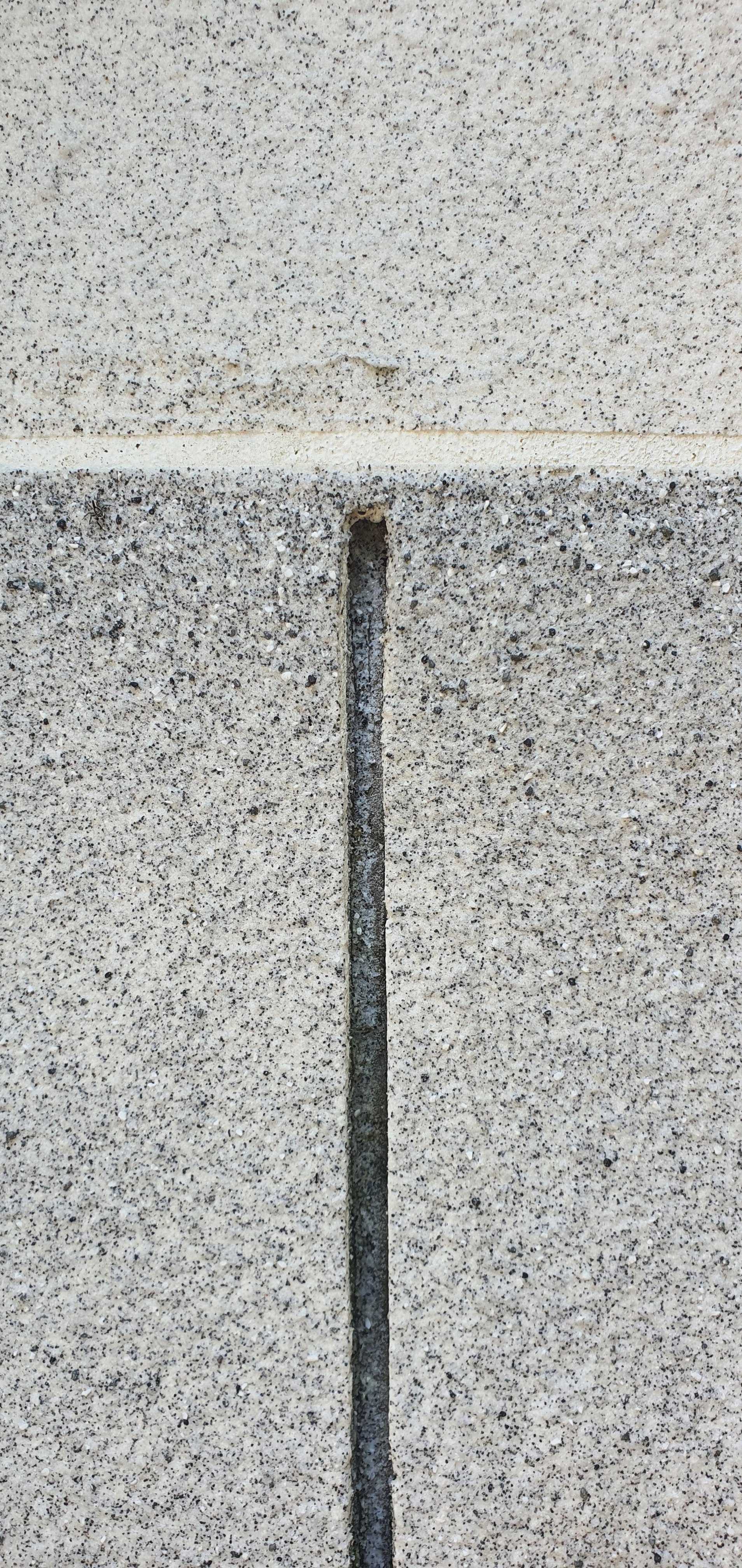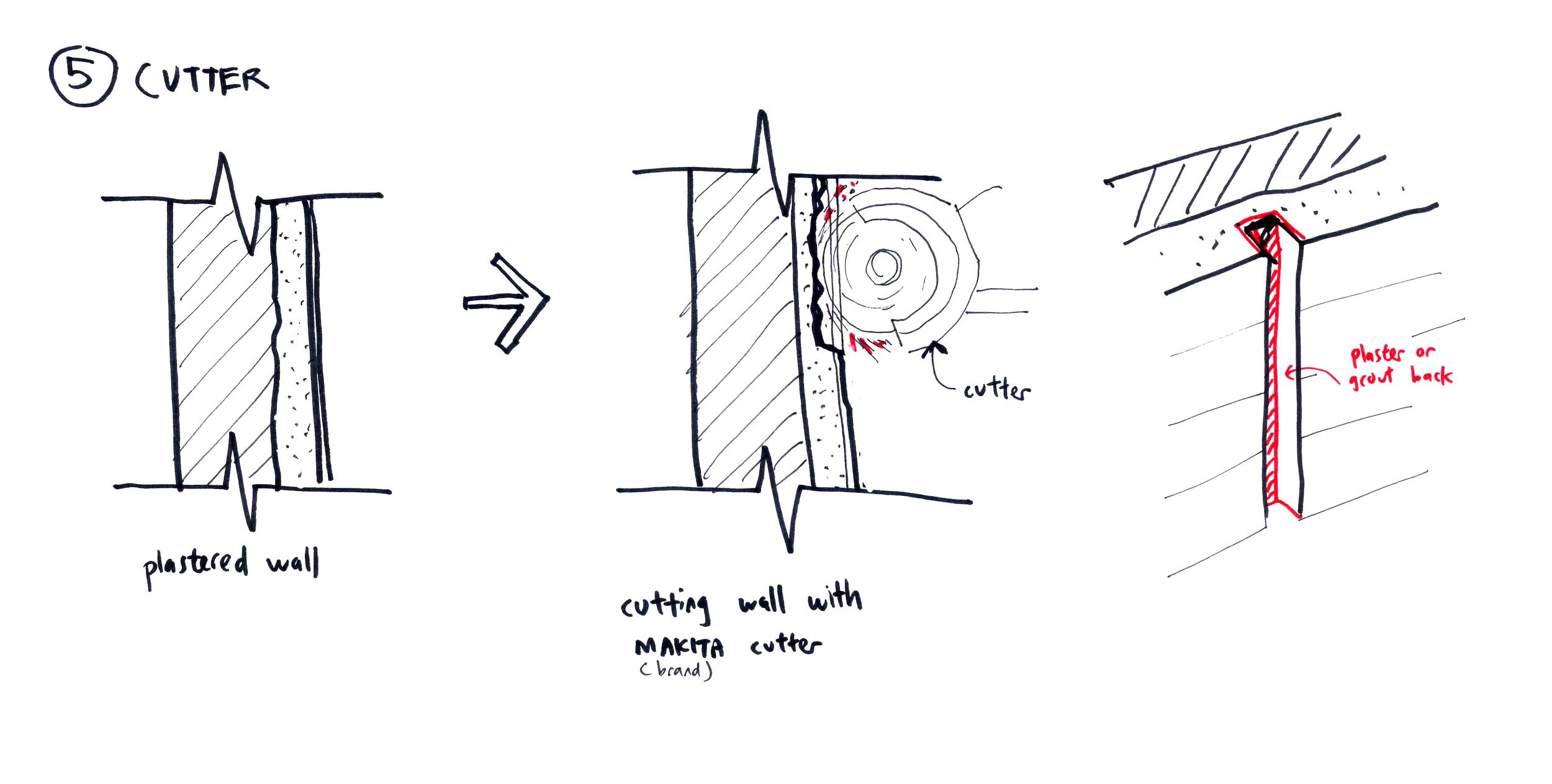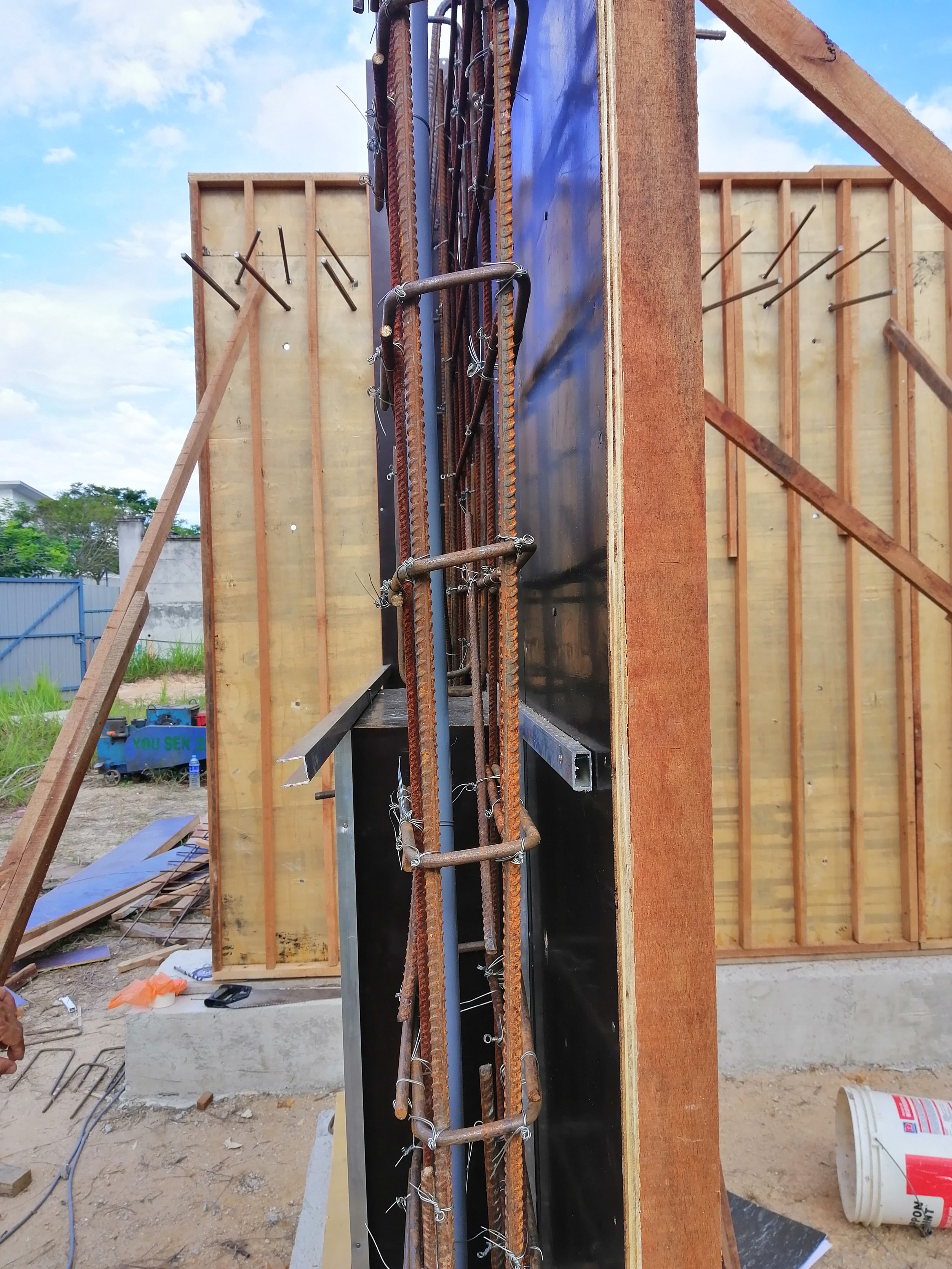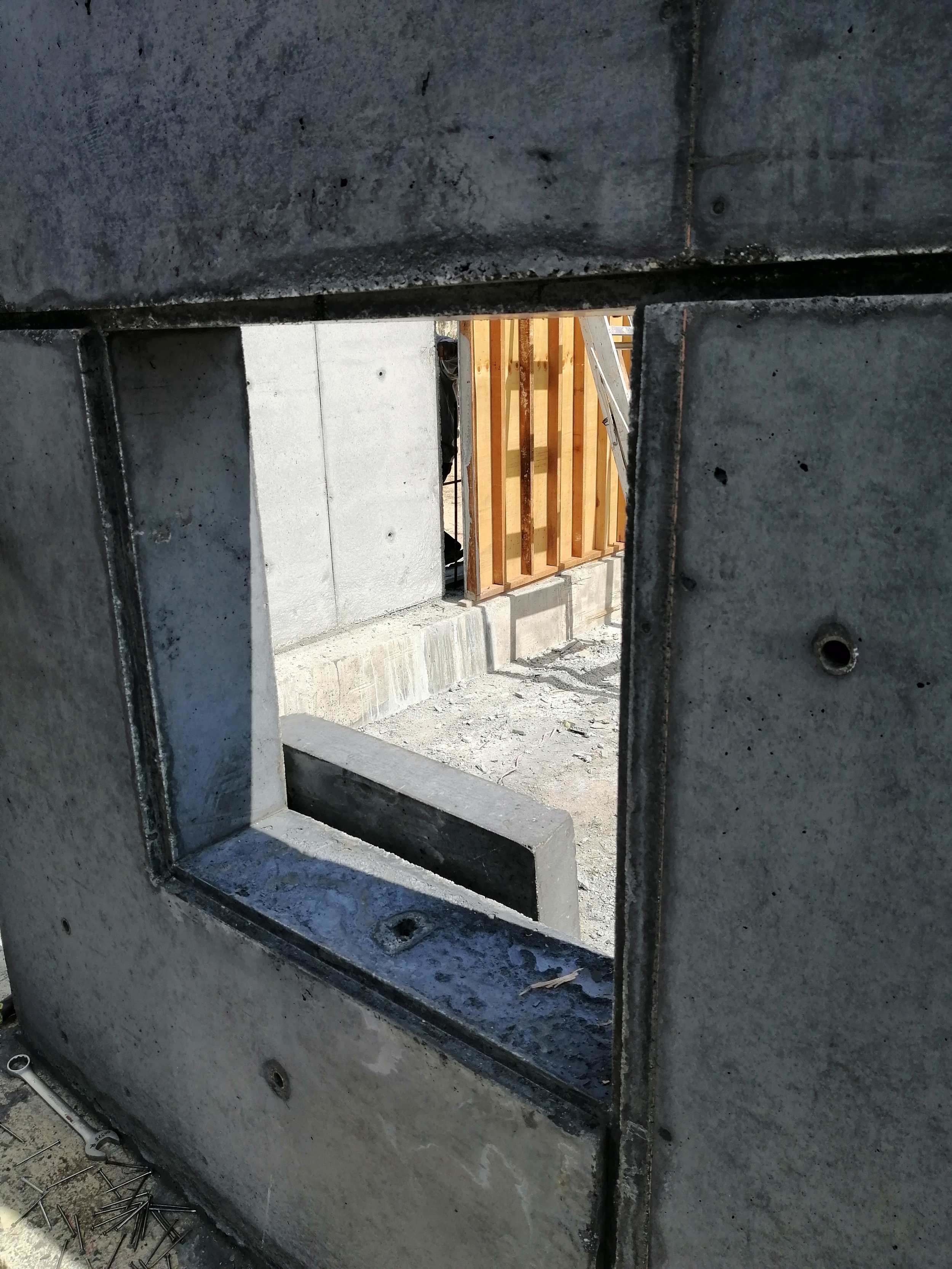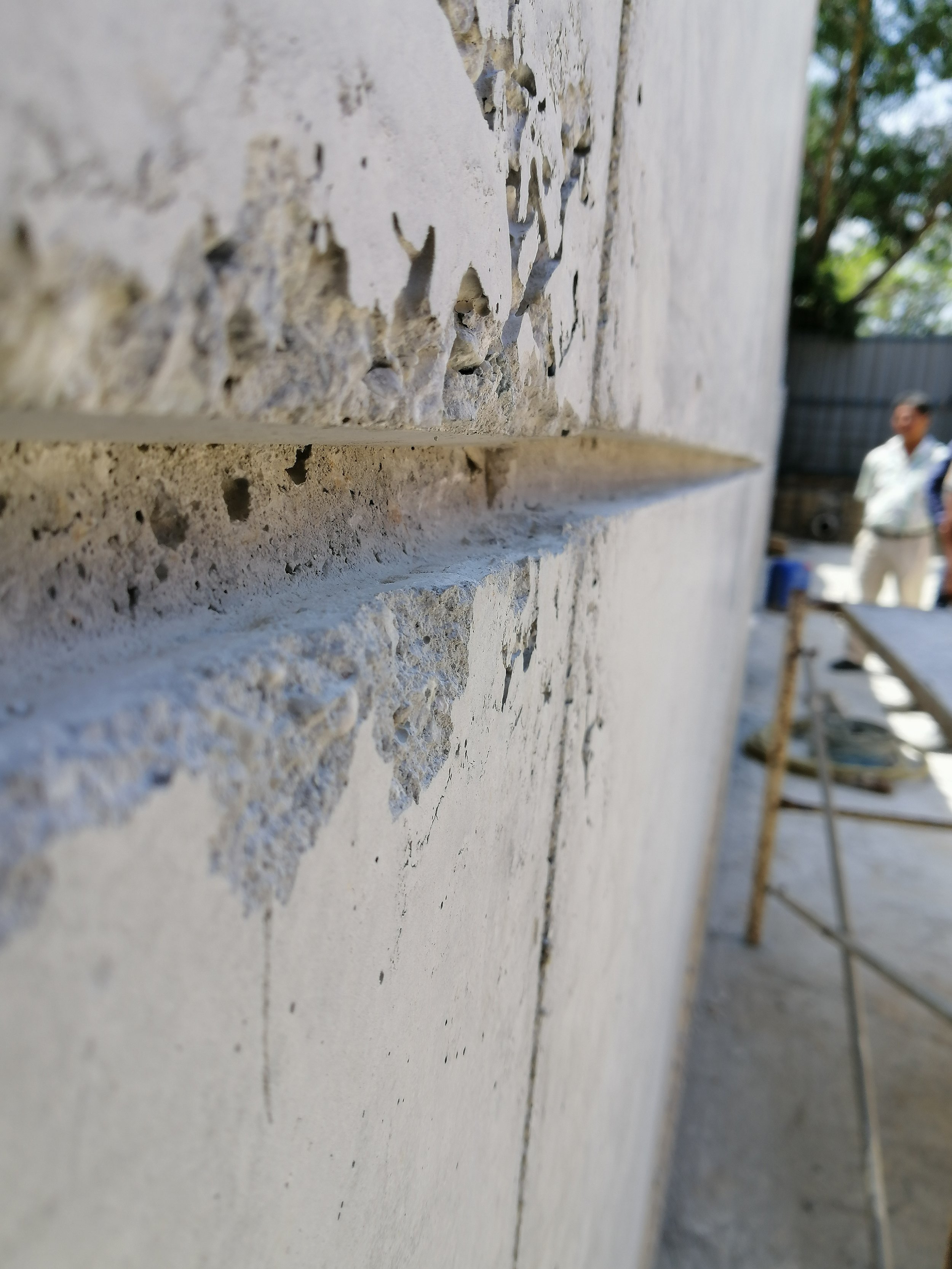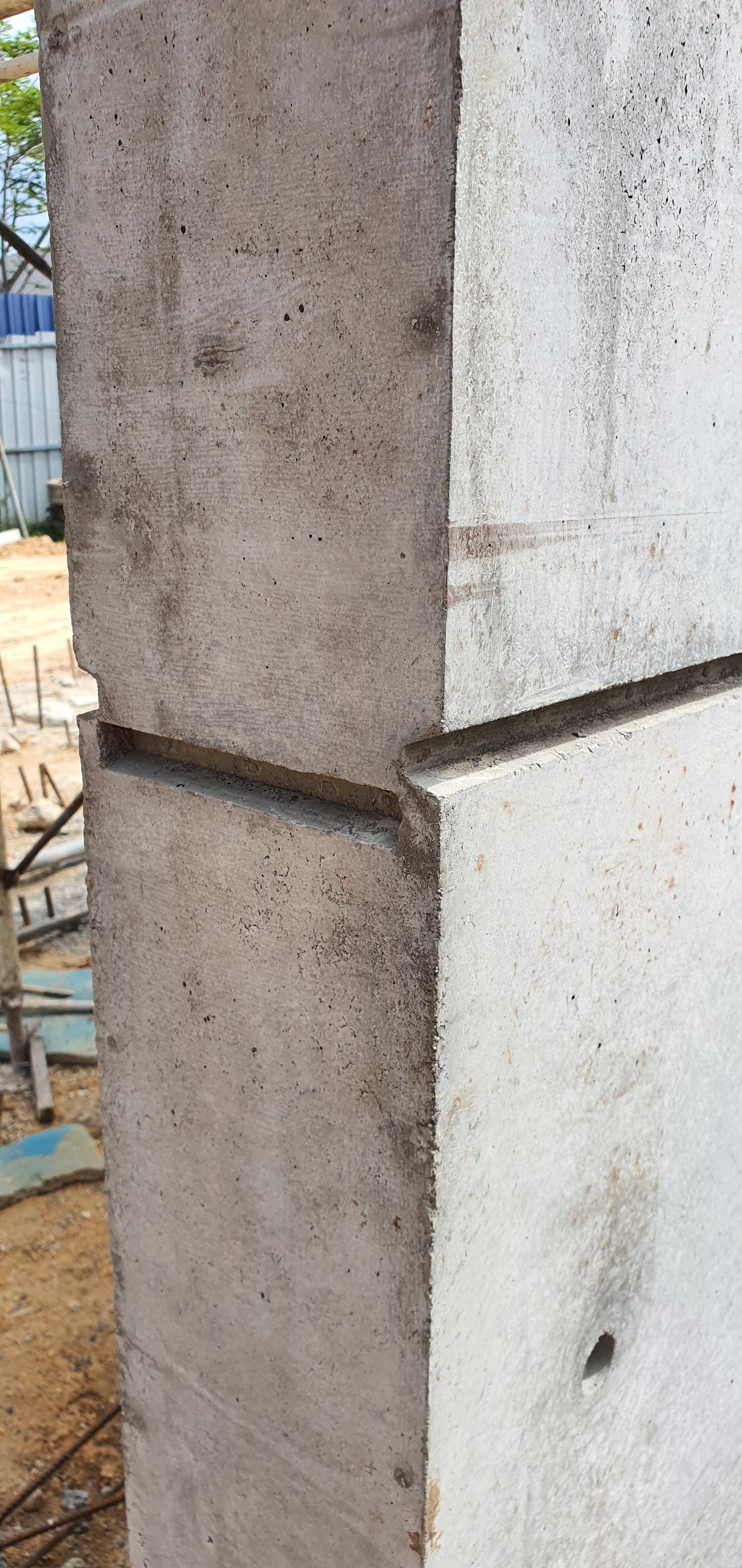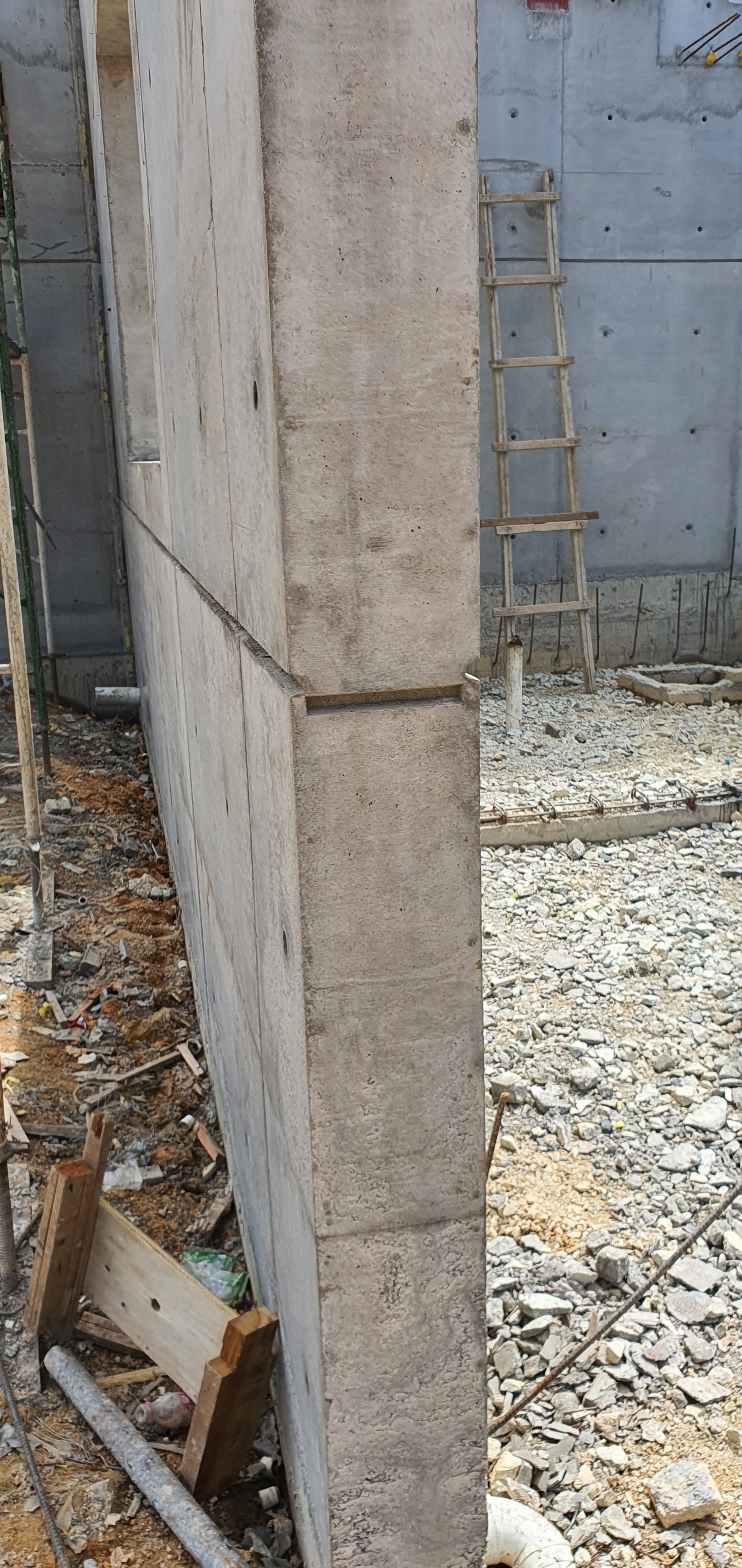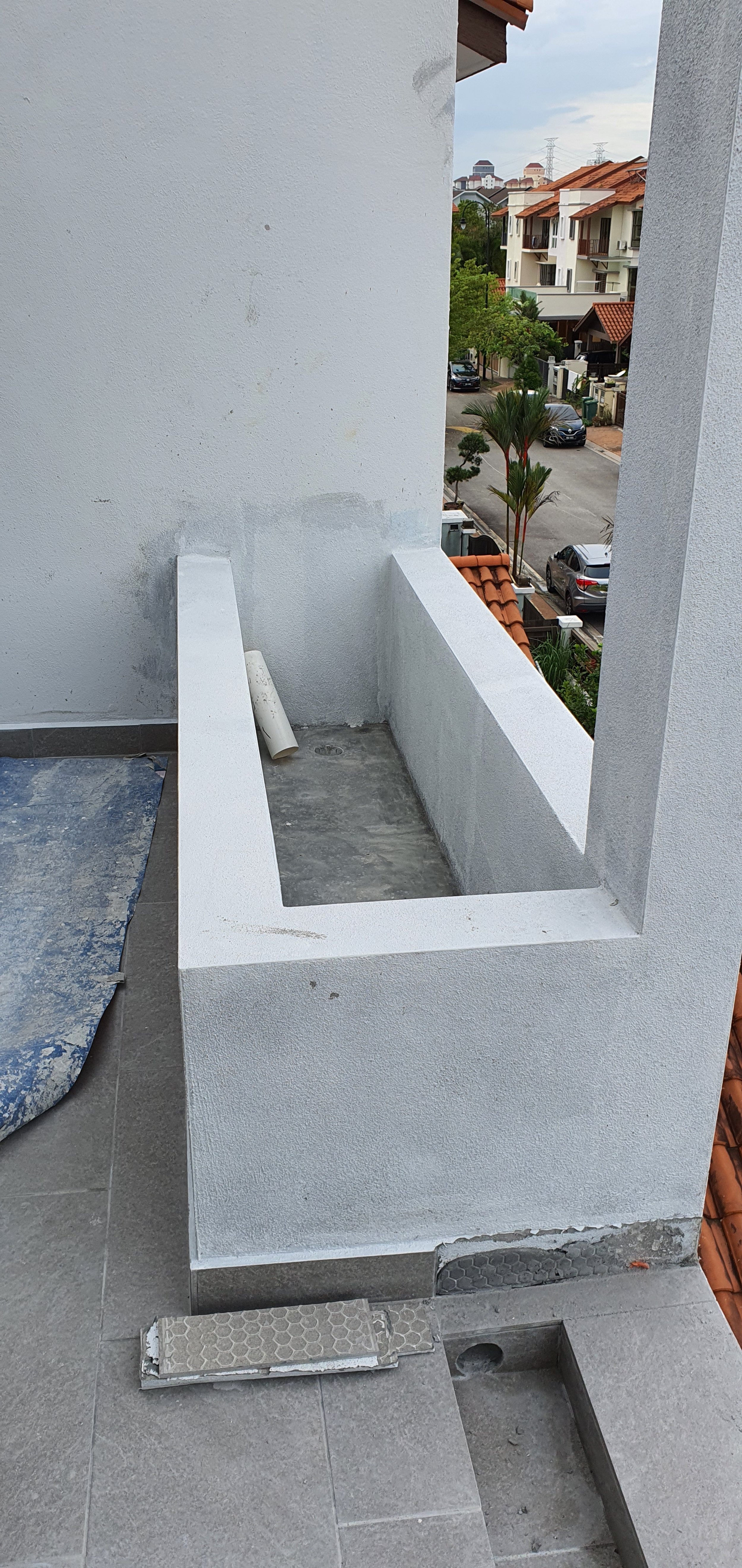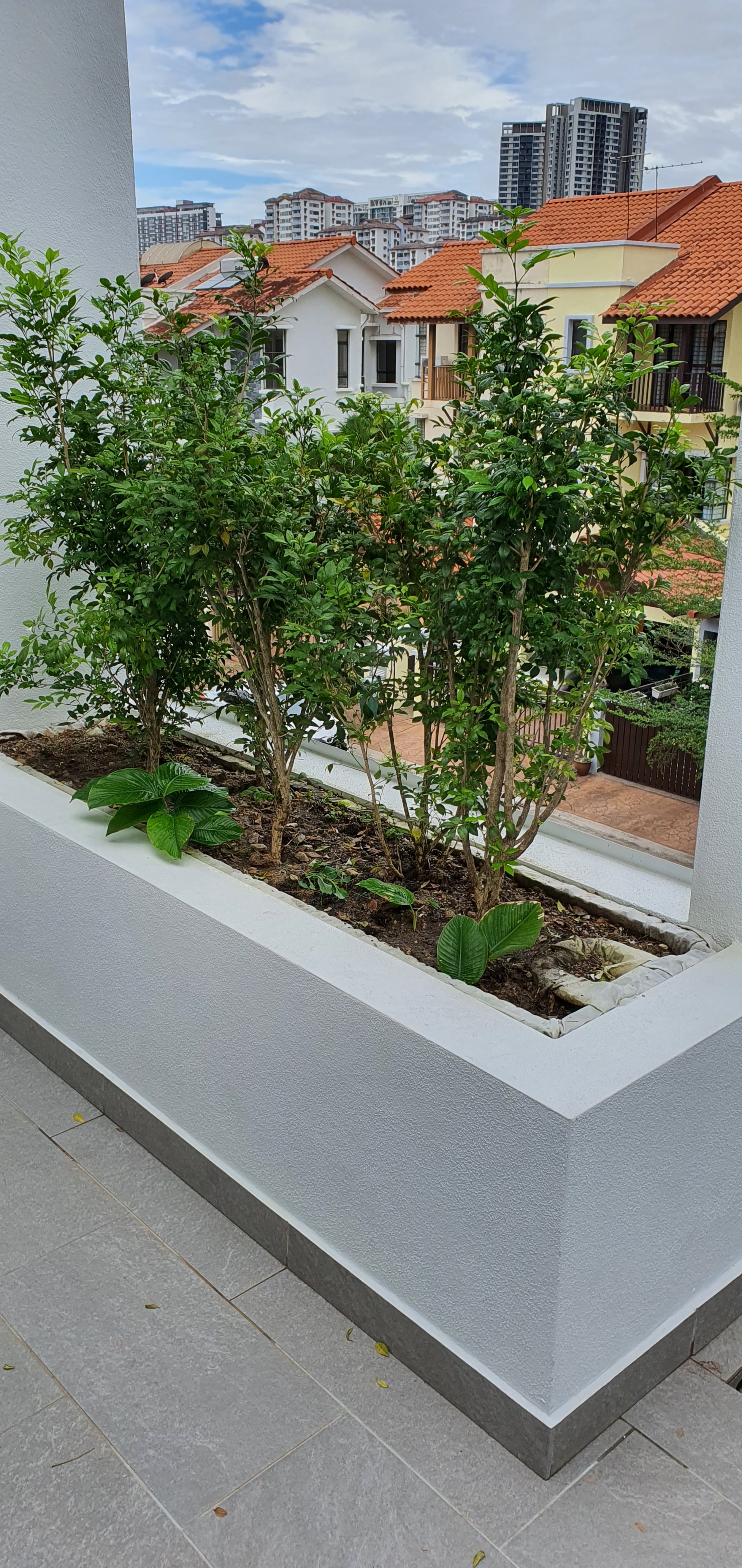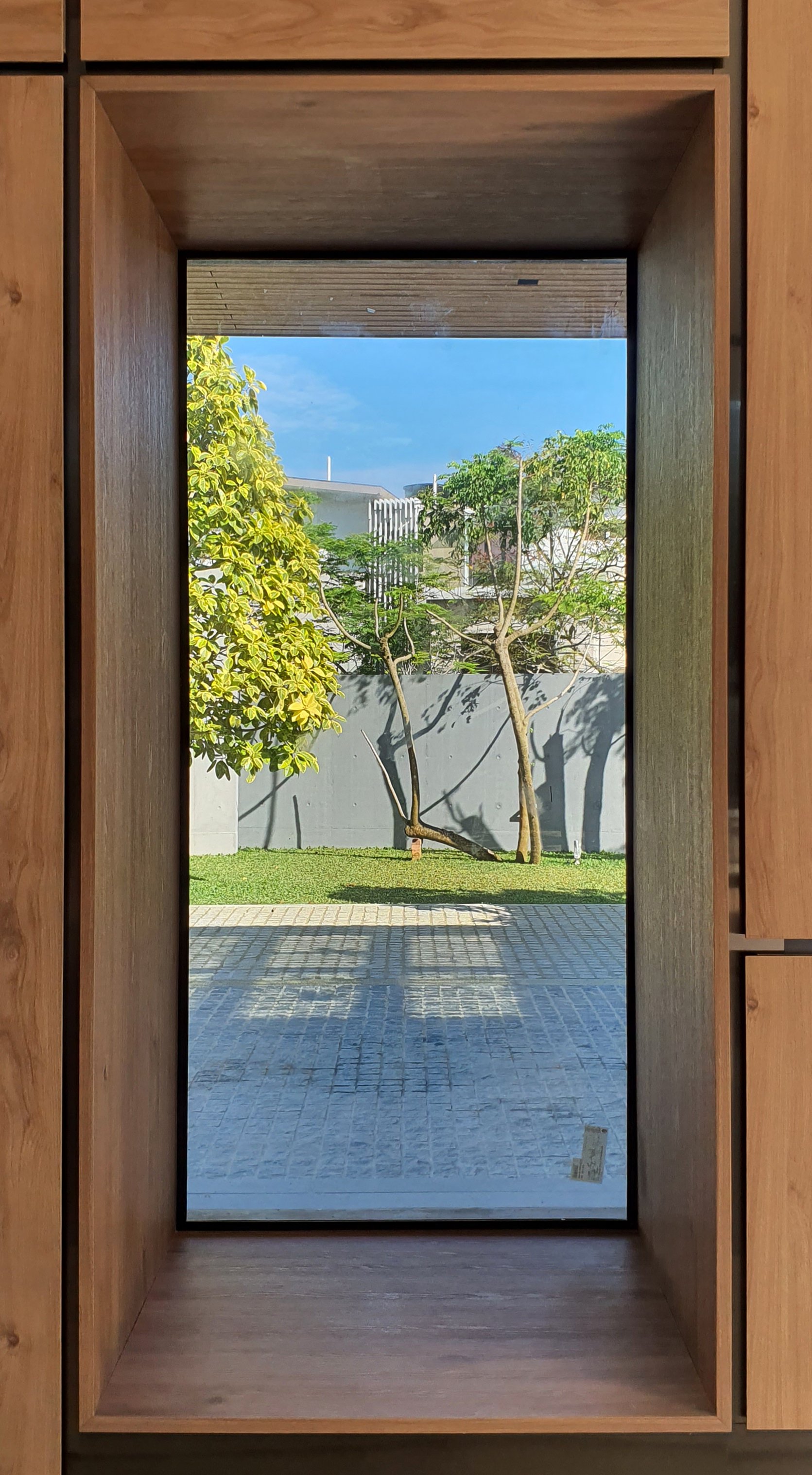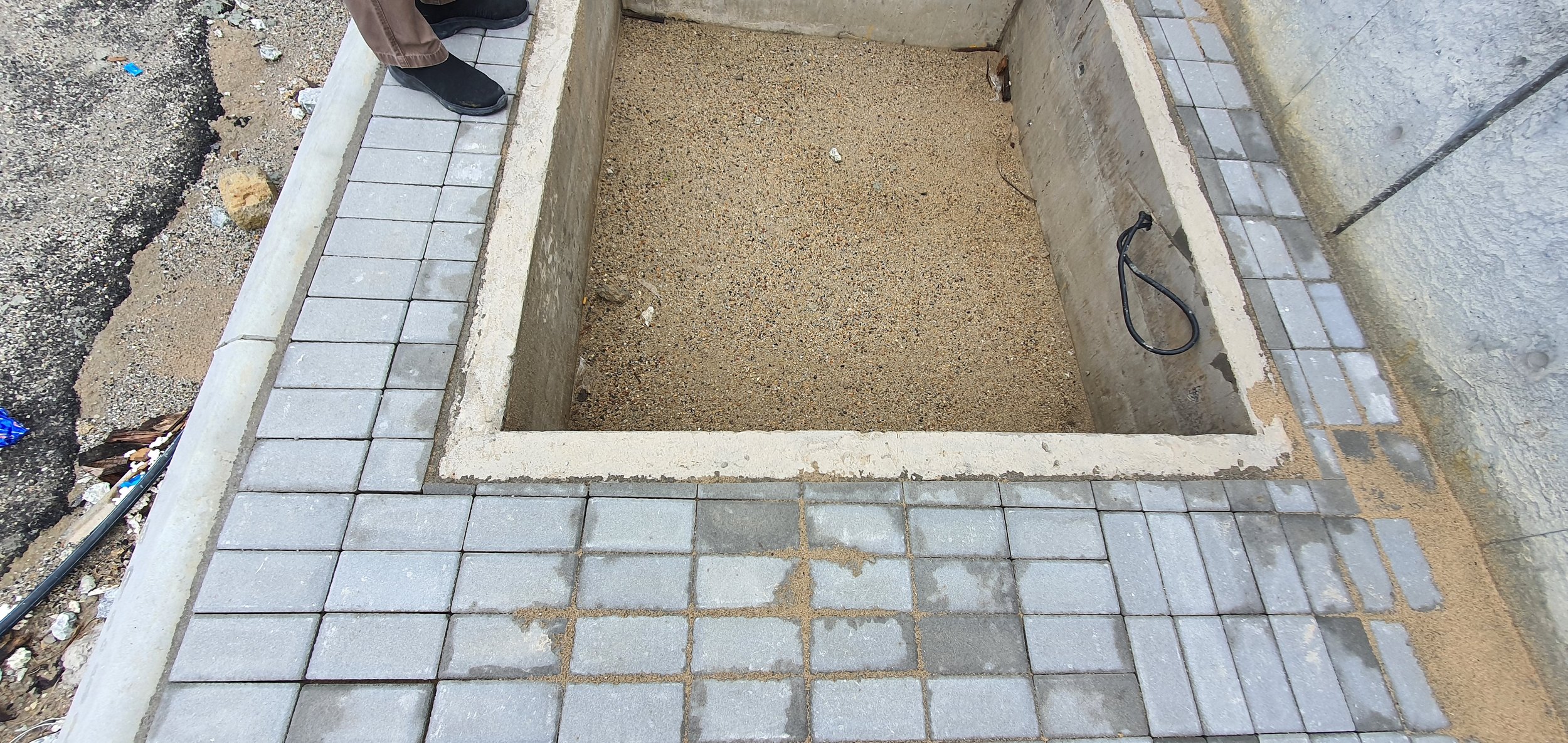1992 - age 1 - born
1994 - age 3 - fell in love with sketching. vivid memory of the first sketch being a slipper. enjoyed producing sketches to entertain his dad. trace, draw, and sketch nonstop from here on
2000 - age 8 - persuaded dad to allow taking proper art class, forced to take ballet dance lessons, start being a class rep, self-motivated to get into the top class
2002 - age 10 - top science student, setting record of the highest science score in school history (99.5 score), started being a prefect
2003 - age 11 - finally got into the top class, gotten 4th place representing the school in state volleyball competition (first time for the school). Produced manga comic books to circulate around classmates, decided to destroy the books at the end
2004 - age 12 - within the top class and achieve full-7As in UPSR, participated mainly on art & Chinese calligraphy competition, storytelling, public speaking, and …singing competition
2006 - age 14 - stopped taking ballet class after getting grade 5 in ballet, started taking breakdance/pop dance/social dance/traditional dance class instead. Top student in the private art school, decided to stop taking the art class (not mature enough to handle the art progression, maybe)
2007 - age 15 - got 8As for PMR, enjoying life loitering around having fun, not studying, and always sketching or sleeping in class, started becoming prefect in school, mixing around with all bad and good students, playing sports and skipping schools hopping around mamak and cyber cafes daily (it’s a pretty wild and bad SMK high school)
2008 - age 16 - active in various drama and performance activities, worked out daily and frequently at the gym, taekwondo on the weekend, and obtained 4th place in state volleyball competition representing the school (again)
2009 - age 17 - being head prefect in charge of overall school discipline, choreographed waltz performance and awarded as prom king, got only 2As for SPM, and being the only science stream student who took Art in SPM (one of the two A's)
2010 - age 18 - took a few part-time jobs as a graphic print worker, McDonald voucher distributor, homedeco exhibition promoter, Hokkien porridge food server, and enrolled at TAR College and started Diploma in Architecture
2011 - age 19 - Gave up going to the gym to focus on studies. Got 4th place representing the school again in Volley Ball competition (yes again. I know). Met my wife in the volleyball club, but only as a friend
2012 - age 20 - Interned 6 months at T. R. Hamzah & Yeang, and graduated with a Diploma in Architecture. did overtime work of 160 hours within the span of the 6-months internship. Started a relationship with my wife
2013 - age 21 - Enrolled at Taylor’s University Lakeside Campus for Bachelor’s Science of Architecture, got even more introverted, trying to fit into the school as I entered halfway into the curriculum (exempted 1.5 semesters with my diploma)
2015 - age 23 - Interned another 3 months at T. R. Hamzah & Yeang to complete my Bachelor's Science of Architecture. Ranked 1/18 in design among the top student groups. Regretted being too introverted and not mixing enough with my coursemate
2016 - age 24 - Worked another 8 months after Part 1. Enrolled for Master's in Architecture back at Taylor’s University Lakeside Campus
2018 - age 26 - Graduated from Taylor's University with a Master's in Architecture. Nominated as the student with the best overall performance by the University. Started sole proprietor of Caleb Ong Design to assist architects in doing work
2019-2021 - age 27-29 - Enjoy and questions about working. Constantly learning and risking
2022 - age 30 - Married to my wife. bought first house as a home
2023 - age 31 - Continue taking architectural learning classes. attempted professional architect examination
2024 - age 32 - Gotten my Architect license under Lembaga Arkitek Malaysia. Joined as a partner under Formzero Architecture and Axial Design Architects
Future - age xx - Looking to still be myself, as Caleb Ong
….







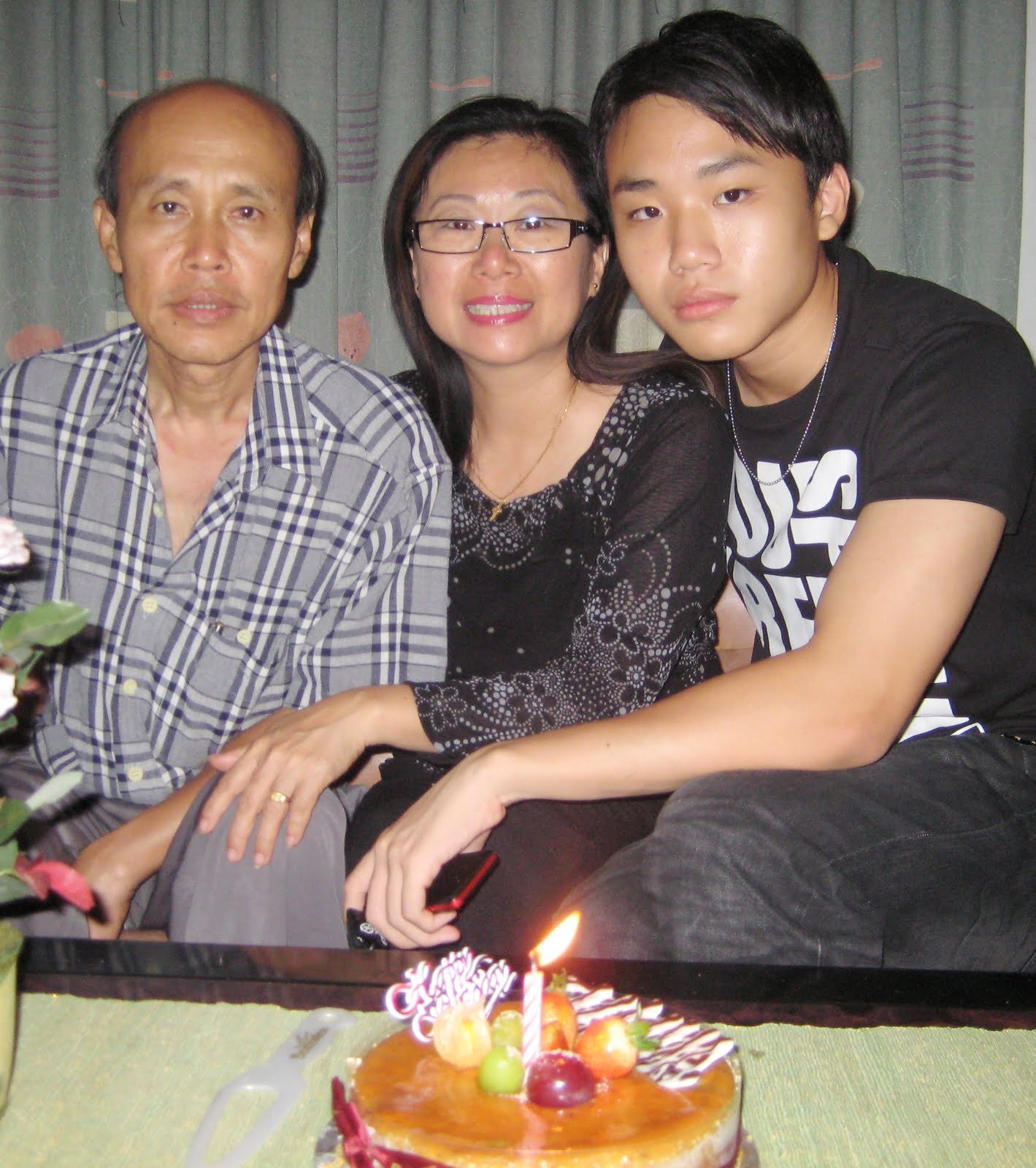








![P190310_15.48_[03].jpg](https://images.squarespace-cdn.com/content/v1/587c9b7ce4fcb5433411259f/1714050406286-GDBM59MYCVCN2H7RCA5H/P190310_15.48_%5B03%5D.jpg)








































